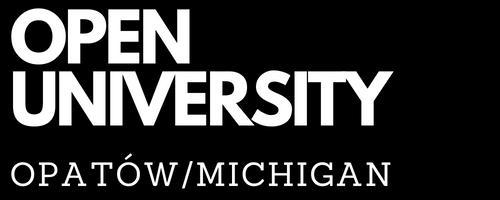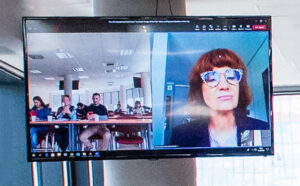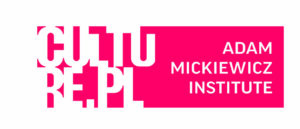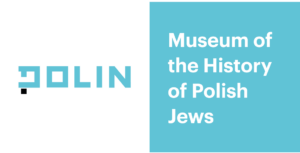ABOUT
ABOUT THE PROJECT
Mayer Kirshenblatt Open University
Opatów/Michigan 2022
Mayer Kirshenblatt Open University of Opatow/Michigan 2022 aims to expose students at the Copernicus Center of Polish Studies at the University of Michigan to Poland as a country adapting and creatively engaging with the tangible and intangible cultural heritage of the interwar period. The Copernicus Center of Polish Studies at the University of Michigan was chosen as it offers more Poland-related programs than any other educational institution in North America and that Poland is prominently featured in U-M courses on politics, culture, history, language, literature, and film.
Open University 2022 students will have the opportunity to complete student internships in Poland in 2023, organized by Urban Forms Foundation.
The lecture series is implemented by Urban Forms Foundation in cooperation with the Adam Mickiewicz Institute, the University of Michigan, and POLIN Museum of the History of Polish Jews. The thematic axis is the work of Mayer Kirshenblatt, born in 1916 in Opatów, Poland and died in 2009 in Toronto, Canada. Kirshenblatt emigrated with his family to Canada in 1934, where he successfully ran his paint and wallpaper store and, after retiring, discovered his painting passion. With his photographic memory, he began to recreate the Opatów of his youth.
His work is an expression of the coexistence of two cultures – Polish and Jewish – in a Polish town in the two decades before the war. This specific cultural mix is not to be found anywhere else in Europe and the world. His paintings are a treasure of knowledge about Jewish holidays, Christian neighbours, spectacles, and the everyday atmosphere of a Polish prewar town. They have been exhibited at the Jewish Museum in New York, the Magnes Museum, the Jewish Historical Museum in Amsterdam, the Smithsonian Institution’s touring exhibition, as well as in Opatów and the Galicia Jewish Museum in Krakow.
The lecture series is carried out in cooperation with the University of Michigan and POLIN Museum of the History of Polish Jews. The project is supervised by Barbara Kirshenblatt-Gimblett.
Professor Emerita Barbara Kirshenblatt-Gimblett is a distinguished scholar in Performance and Jewish Studies at New York University and a member of the American Academy of Arts and Sciences. She is best known for her interdisciplinary contributions to Jewish studies and to the theory and history of museums, tourism, and heritage. In 2006, she was invited to lead the team creating the permanent exhibition of POLIN Museum of the History of Polish Jews in Warsaw, a public-private partnership of the Association of the Jewish Historical Institute of Poland, the City of Warsaw, and the Ministry of Culture and National Heritage. Today, she serves as the Ronald S. Lauder Chief Curator of that exhibition.
For over 40 years she interviewed her father Mayer Kirshenblatt, which led to the book “They Called Me Mayer July: Painted Memories of a Jewish Childhood in Poland Before the Holocaust”.
Article about the project Vive Michigan Magazine
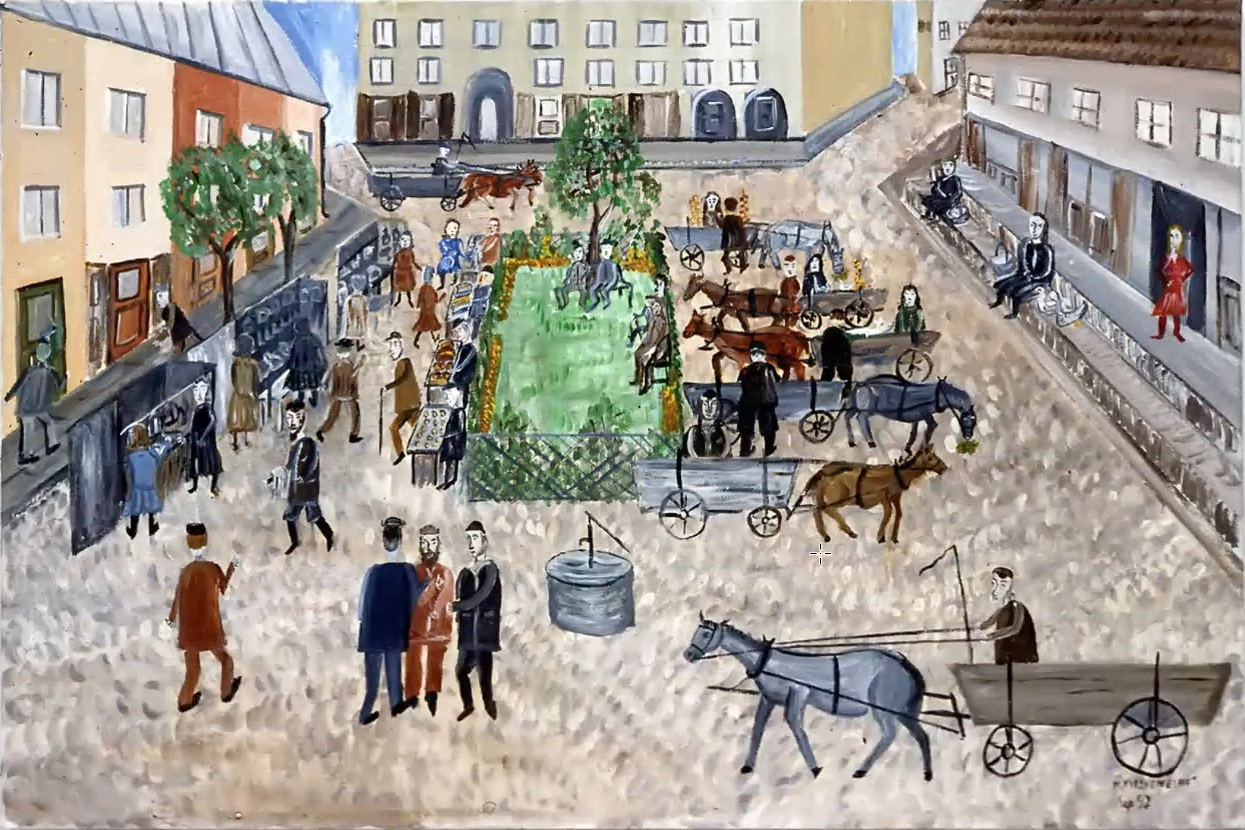
Lectures
Lectures available during this sessions:
- Barbara Kirshenblatt-Gimblett – “Mayer Opatow Project”
- Aleksandra Dudek – “Street Art in a context of cultural heritage”
- Sławomir Grunberg – Paint What You Remember, 30 min, 2009
- Natalia Romik – Opatów Documentary
PARTICIPANTS
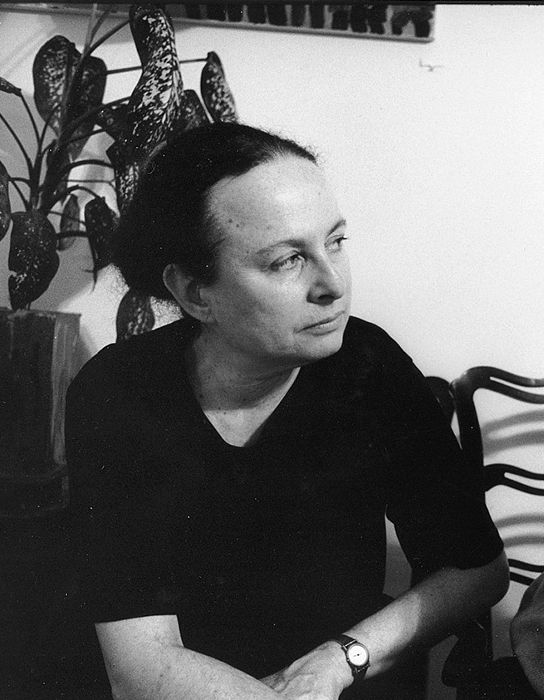
Lecturer
Professor Emeritus Barbara Kirshenblatt-Gimblett is a Distinguished Scholar in Performance and Jewish Studies at New York University (NYU) and a member of the American Academy of Arts and Sciences. She is best known for her interdisciplinary contributions to Jewish studies and to the theory and history of museums, tourism, and heritage. In 2006, she was invited to lead the team creating the permanent exhibition of the POLIN Museum of the History of Polish Jews in Warsaw established as a public-private partnership by the Jewish Historical Institute Association, the City of Warsaw, and the Ministry of Culture and National Heritage. Today, she serves as the Chief Curator of that exhibition.
For over 40 years she was interviewing her father Meier Kirshenblatt which lead to the publishing of the book “They Called Me Mayer July: Painted Memories of a Jewish Childhood in Poland Before the Holocaust”.
Lecturer
Aleksandra Dudek is an art historian, educator and museologist, and exhibition producer. Since 2021 she has been pursuing an implementation doctorate at the Doctoral School of Humanities at the University of Lodz in cooperation with the Urban Forms Foundation, dedicated to the musealization and archiving of street art. In 2016-2020, she worked at the Department of Early Art of the Herbst Palace Museum of the Art Museum Branch in Lodz, where she conducted workshops and lectures. She was a member of a training team aimed at cultural animators of the Łódź region, Koalicja Kultury, as part of the Very Young Culture program funded by the National Cultural Center. Her specialty is the history of Lodz and street art. Humanities at the University of Lodz in cooperation with the Urban Forms Foundation. In 2016-2020, she worked at the Department of Early Art of the Herbst Palace Museum of the Art Museum Branch in Lodz, where she conducted workshops and lectures. She was a member of a training team aimed at cultural animators of the Łódź region, Koalicja Kultury, as part of the Very Young Culture program funded by the National Cultural Center. Her specialty is the history of Lodz and street art.
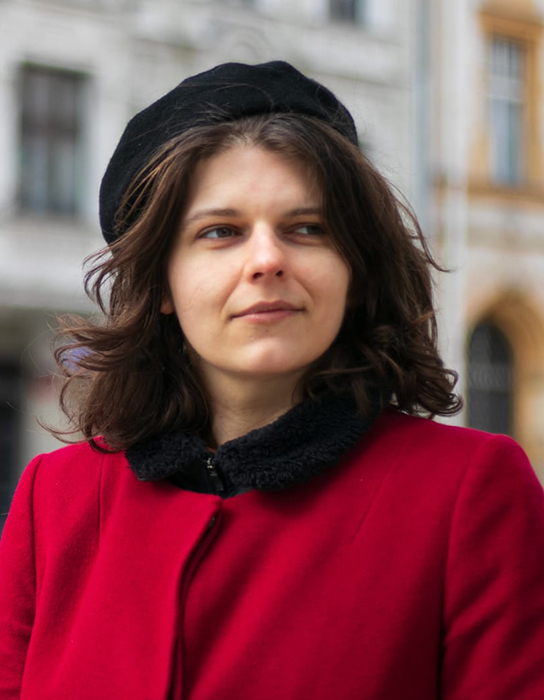
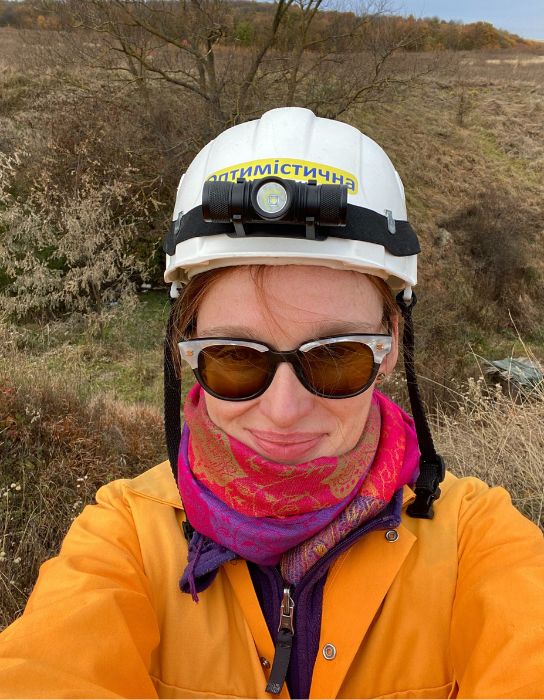
Lecturer
Graduate in political science, practitioner of architecture, designer, artist. In 2018 Romik was awarded a PhD at the Bartlett School of Architecture at University College London for a thesis Post-Jewish Architecture of Memory within Former Eastern European Shtetls. She combines academic research with methods of contemporary art and architecture to explore the (post)Jewish architecture of memory. Romik has been awarded numerous grants, including the London Arts and Humanities Partnership. From 2007 to 2014, she cooperated with the Nizio Design studio and was a consultant for, among others, the POLIN Museum core exhibition design, co-author of the revitalization of a synagogue in Chmielnik. Romik is a member of the SENNA architecture collective, responsible for designs including the exhibition at the Museum of Jews in Upper Silesia in Gliwice and permanent exhibition at the Brodno Jewish Cemetery in Warsaw entitled “Beit Almin – Eternal Home”. In 2018 she co-curated the exhibition Estranged: March ’68 and Its Aftermath (POLIN Museum of Polish Jews). Member of the Association of Polish Architects. Currently the scholarship holder (postdoctoral research) of the Gerda Henkel Stiftung with the project: Hideouts: the architectural analysis of the secret infrastructure of Jewish survival during the Second World War. In 2022 awarded Dan David Prize.
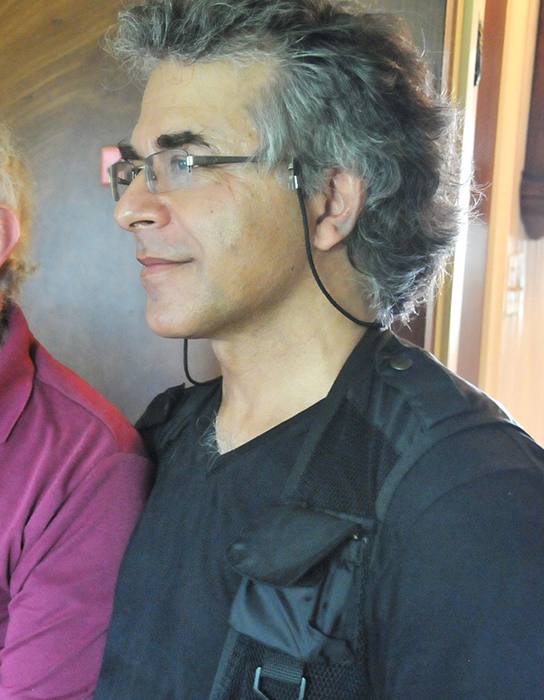
Lecturer
Slawomir Grunberg is an Emmy Award winning documentary producer, director and cameraman He is a graduate of the Polish Film School in Lodz. He immigrated to the US in 1981 and has since directed and produced over 50 documentary films. Grunberg is a recipient of Guggenheim Fellowship, the New York Foundation for the Arts and Soros Justice Media Fellowships. His credits as director of photography include two films, which received Academy Award nominations.

